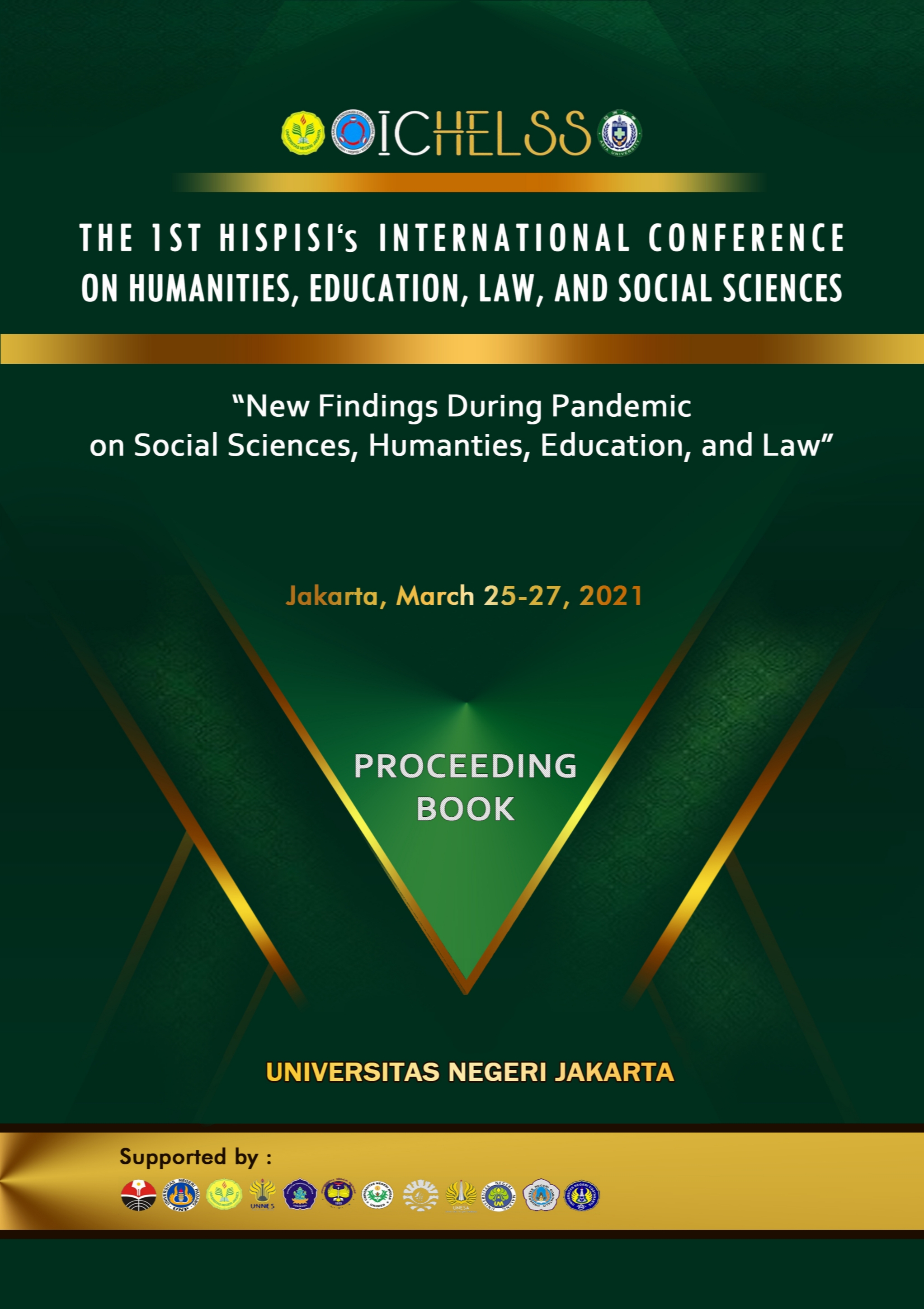The Use of Historical Sources in History Learning
Abstract
This article aims to explain the benefits of using historical
sources in learning. This is because there are still many teachers who
use textbooks as their main reference. The method used in writing this
article is literature study. The data used as a source of writing are
articles and books related to the theme of writing. Historical sources
when categorized according to the order in which they are presented
are divided into primary and secondary sources. Historical sources are
called primary if they are presented by eye witnesses, for example, such
as archives. Secondary sources are those submitted by non-eye
witnesses such as monographs (books), journal articles, dissertations,
museum exhibitions, documentary films, online videos and web
resources, including blogs and online encyclopedia entries. The results
of the study conducted show that the use of historical sources can be
carried out in learning, as well as enabling students to develop
historical thinking in criticizing an event in the past. A visit to the
museum to see original artifacts allows students to know how
information about a kingdom was known from an inscription. Other
results, such as showing a documentary film can bring unique
experiences to students, because students become more engaged and
absorb the material better with a clear picture.


